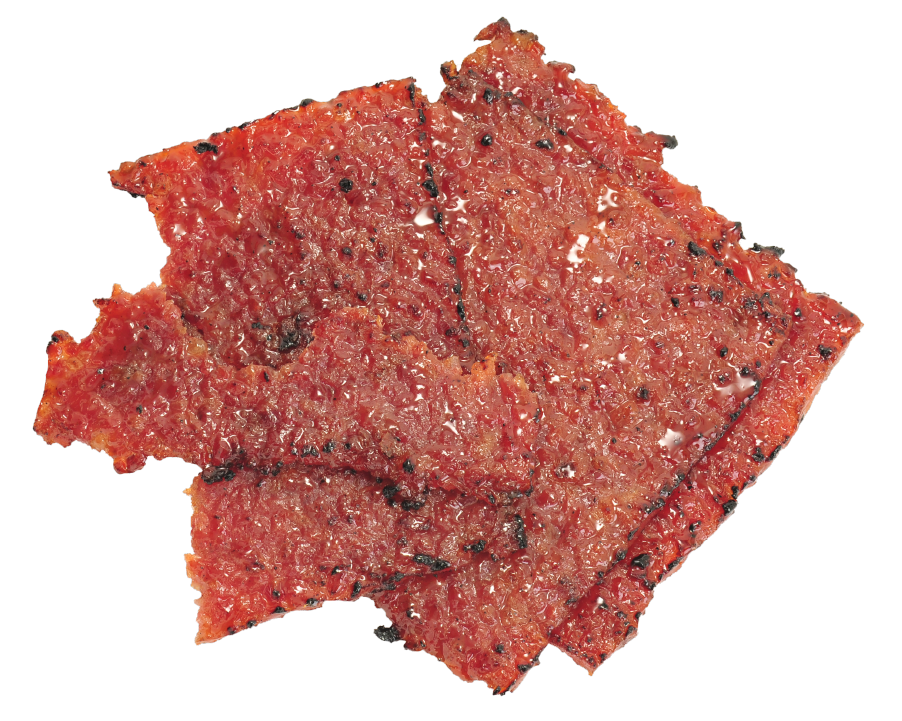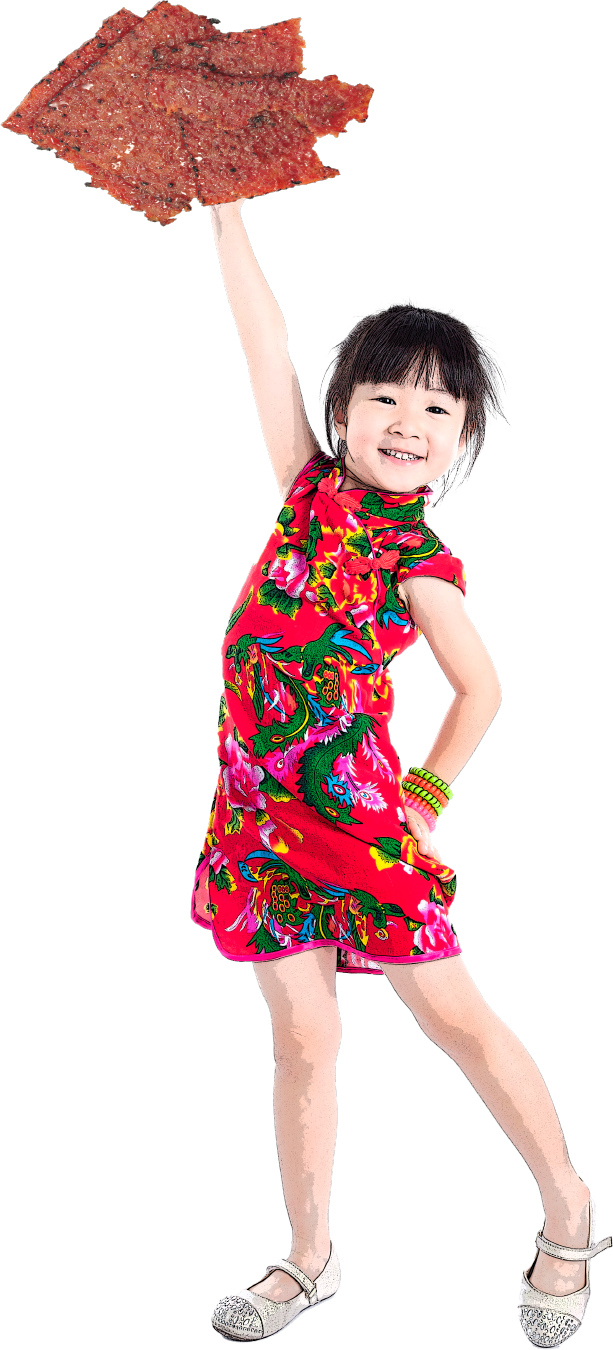It's believed that the custom of eating yusheng dates back over 2,000 years in China, to the Zhou dynasty. However, its popularity waned significantly after the Yuan dynasty and almost went extinct during the Qing dynasty.
This was originally a simple dish of raw fish and seasoning eaten by fishermen in Guangzhou to celebrate the seventh day of Chinese New Year. Later, Cantonese chefs in Singapore upgraded the dish to become a celebratory centrepiece at gatherings, to ensure prosperity in the new year.
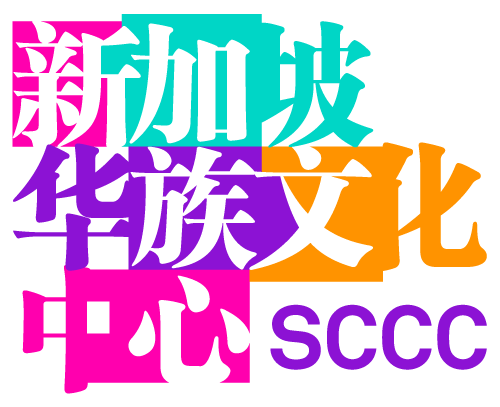


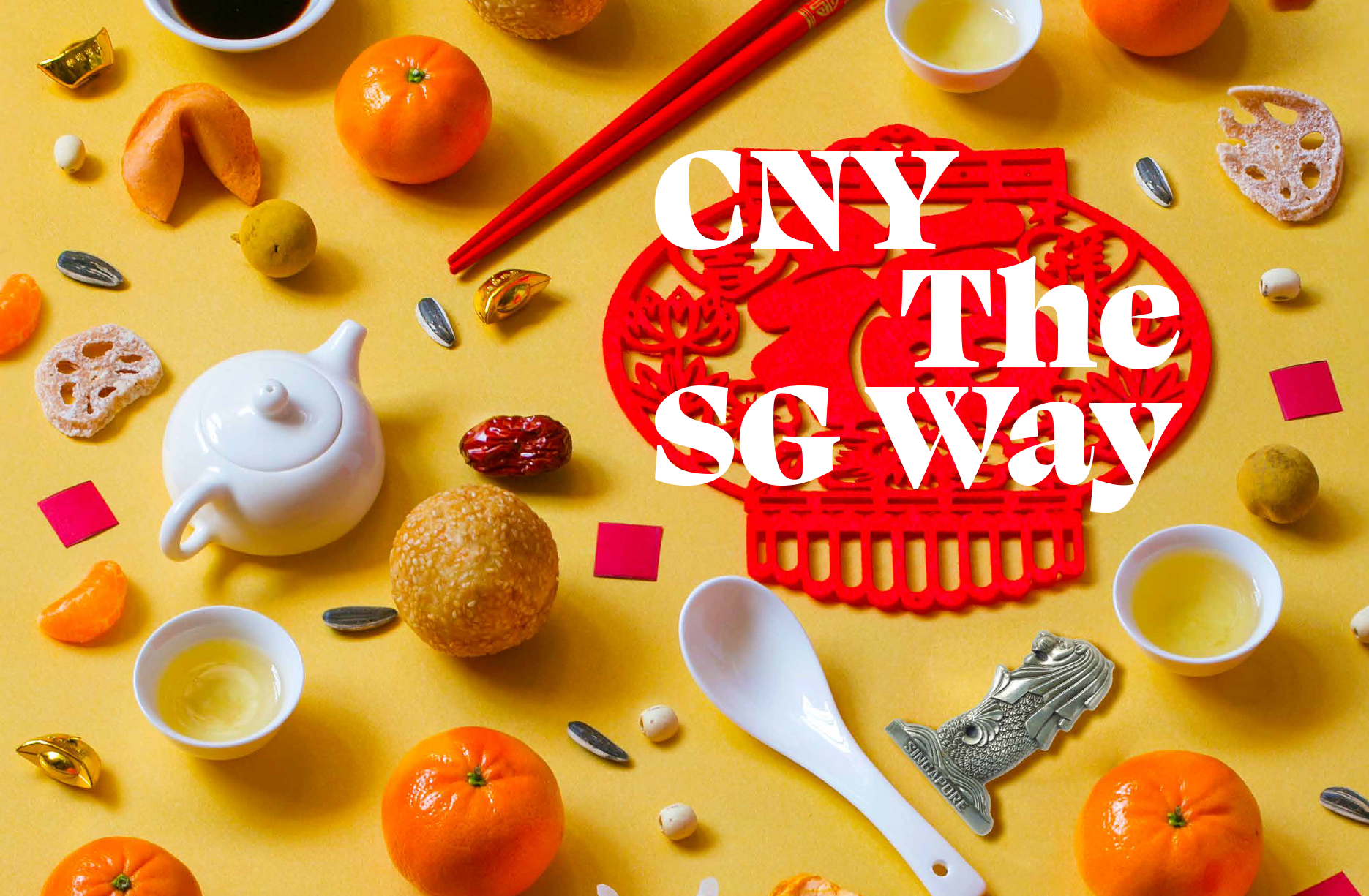



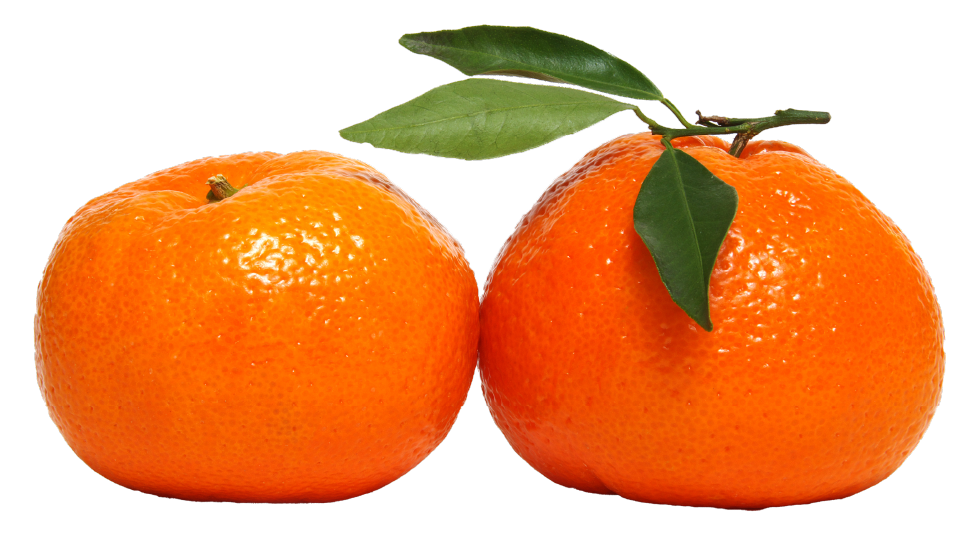

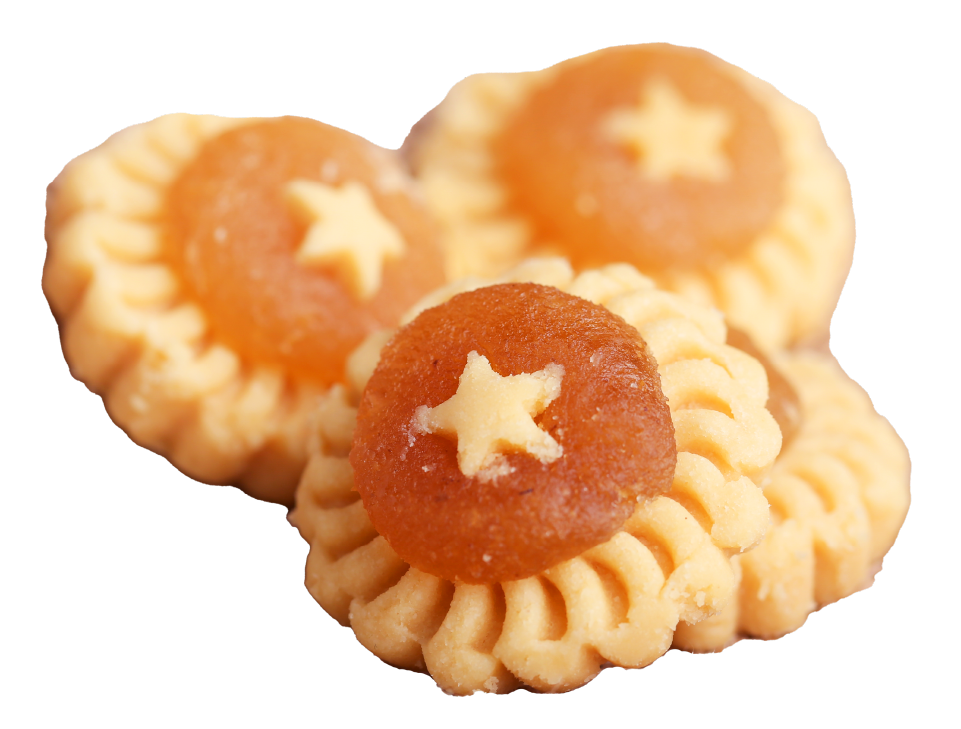 '
'

